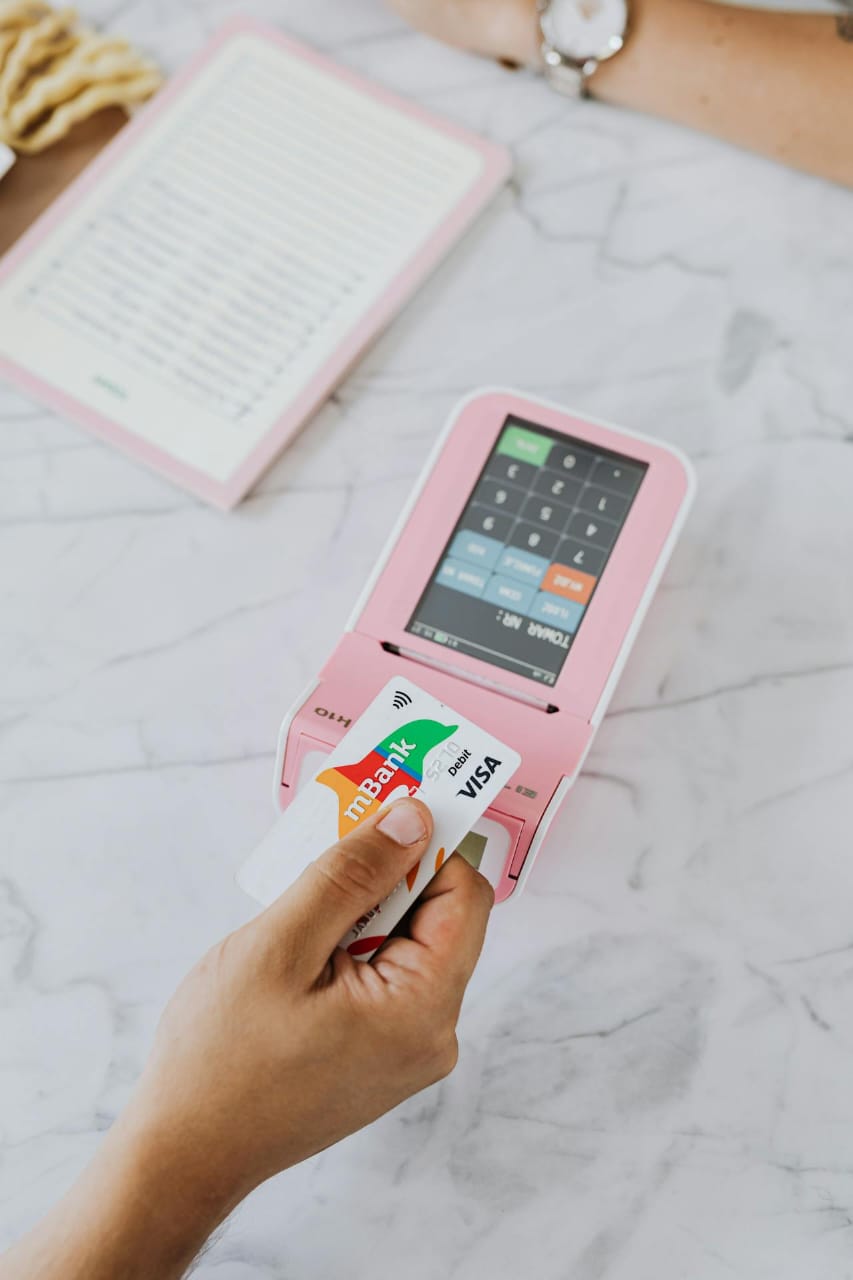Personalized Shopping with Digital Ordering: The Key to Retail Success
In the ever-evolving retail landscape, personalized shopping has emerged as a crucial strategy for engaging customers and driving sales. Today’s consumers expect more than just convenience; they want tailored experiences that reflect their individual preferences, needs, and behaviors. Digital ordering has become a powerful tool to facilitate this level of personalization, transforming how retailers interact with customers and reshaping the future of retail success.
Contents
The Rise of Personalized Shopping
Personalized shopping goes beyond simply addressing customers by name. It involves delivering tailored product recommendations, promotions, and shopping experiences based on an individual’s past behavior, preferences, and real-time interactions. With the growth of e-commerce and digital platforms, personalization has become both feasible and essential in meeting modern consumer expectations.
Retailers who offer personalized experiences are reaping the rewards. A study by Accenture revealed that 91% of consumers are more likely to shop with brands that provide relevant offers and recommendations. By harnessing the power of data and digital ordering systems, retailers can create a seamless shopping experience that not only meets but anticipates customer needs.
The Role of Digital Ordering in Personalization
Digital ordering plays a pivotal role in the personalization of the shopping experience. With consumers increasingly turning to online platforms to make purchases, digital ordering systems provide retailers with a wealth of data that can be used to enhance personalization efforts. From purchase history and browsing behavior to location and time of day, digital ordering platforms capture valuable insights that can be leveraged to deliver highly customized shopping experiences.
Here’s how digital ordering helps drive personalization in retail:
-
Customized Recommendations: By analyzing a customer’s past purchases and browsing habits, digital ordering systems can recommend products that align with their interests. This not only increases the likelihood of purchase but also enhances customer satisfaction, as they feel understood by the retailer.
-
Tailored Promotions and Discounts: Digital ordering systems enable retailers to offer personalized promotions based on a customer’s shopping behavior. For example, a frequent buyer of skincare products might receive exclusive discounts on new beauty items. These targeted offers not only increase sales but also build customer loyalty.
-
Dynamic Content and Personalization: Digital ordering platforms can dynamically adjust the content customers see, whether it’s product suggestions, messaging, or even user interface design. By personalizing these elements, retailers can create a shopping environment that feels unique to each customer.
-
Streamlined Shopping Experience: Personalization extends to the checkout process as well. Digital ordering platforms can save payment methods, delivery preferences, and other details, allowing customers to complete transactions with minimal effort. A frictionless shopping experience encourages repeat purchases and enhances customer satisfaction.
The Benefits of Personalized Shopping with Digital Ordering
-
Increased Customer Loyalty: Personalization fosters a sense of connection between the customer and the brand. When consumers feel that a retailer understands their needs, they are more likely to become repeat customers. Digital ordering systems allow retailers to nurture these relationships through customized offers, exclusive discounts, and personalized communication.
-
Higher Conversion Rates: Personalized recommendations lead to higher conversion rates. When customers are presented with products and promotions that are relevant to them, they are more likely to make a purchase. Digital ordering platforms enable retailers to analyze customer data and present tailored recommendations at the right time, boosting overall sales.
-
Enhanced Customer Experience: Personalized shopping experiences lead to higher customer satisfaction. When customers see that their preferences are taken into account, whether through product suggestions or personalized promotions, they are more likely to enjoy their shopping journey. In turn, this results in positive reviews, word-of-mouth referrals, and long-term brand loyalty.
-
Optimized Marketing Efforts: By using digital ordering systems to gather customer data, retailers can optimize their marketing strategies. Rather than adopting a one-size-fits-all approach, businesses can create targeted marketing campaigns that speak directly to individual customer segments, maximizing the return on investment for each marketing dollar spent.
Challenges in Implementing Personalized Shopping
While personalized shopping offers significant advantages, it also presents challenges for retailers. One of the primary concerns is data privacy. With consumers becoming more aware of how their data is collected and used, retailers must be transparent about their data policies and prioritize cybersecurity to build trust.
Additionally, delivering a personalized experience requires the right technology infrastructure. Digital ordering systems must be capable of processing large volumes of customer data in real-time to deliver relevant and timely recommendations. For smaller retailers, investing in advanced personalization technologies may be a financial hurdle, but it is becoming increasingly necessary to remain competitive.
The Future of Personalized Shopping with Digital Ordering
As technology continues to evolve, the future of personalized shopping looks even more promising. Artificial intelligence (AI) and machine learning are poised to revolutionize the way retailers interact with consumers. AI-driven algorithms will be able to predict customer preferences with greater accuracy, delivering hyper-personalized recommendations in real-time.
Moreover, digital ordering will expand beyond traditional e-commerce platforms. With the rise of voice-activated assistants like Amazon’s Alexa and Google Assistant, consumers will increasingly use voice commands to place orders, adding another layer of convenience to the shopping experience. In this context, personalization will play an even more critical role, as these voice-activated systems will need to understand and cater to individual preferences in a seamless manner.
Conclusion
Personalized shopping, powered by digital ordering, is not just a trend but a key driver of retail success in today’s competitive market. Retailers who embrace this approach will enjoy increased customer loyalty, higher conversion rates, and a more engaged customer base. As technology continues to advance, the opportunities for creating unique, personalized shopping experiences will only grow, further solidifying the importance of digital ordering in shaping the future of retail.
By integrating digital ordering systems with sophisticated data analytics and personalization strategies, retailers can deliver the kind of tailored shopping experiences that today’s consumers crave. In doing so, they will be well-positioned to thrive in the dynamic and rapidly evolving retail landscape.

